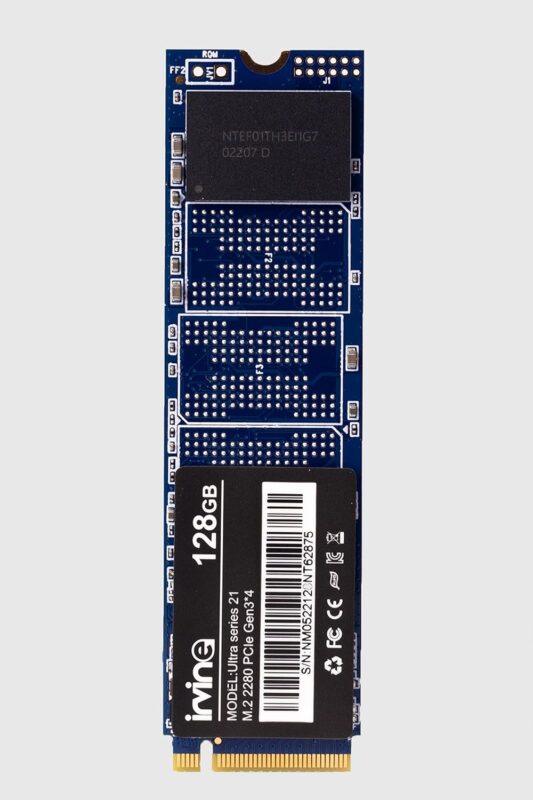Blog
Unleashing the Power of NVMe M.2: A Game-Changer in Storage Technology
In the realm of computer hardware, the relentless pursuit of faster, more efficient components is a never-ending journey. One such breakthrough that has revolutionized storage technology is the NVMe M.2 SSD. In this blog post, we’ll delve into what makes NVMe M.2 drives so remarkable and why they’re becoming the go-to choice for storage in modern computing devices.
The Evolution of Storage
Before diving into NVMe M.2, let’s take a brief look at the evolution of storage technology. Traditional hard disk drives (HDDs) were the norm for decades, relying on spinning magnetic disks for data storage. However, their mechanical nature led to slower read and write speeds, making them a bottleneck in system performance.
The advent of solid-state drives (SSDs) marked a significant leap forward. SSDs replaced spinning disks with flash memory, offering faster access times and improved reliability. SATA SSDs became the standard interface, providing a considerable speed boost over HDDs but still constrained by the limitations of the SATA interface.
Enter NVMe M.2
NVMe (Non-Volatile Memory Express) emerged as the next evolution in storage interfaces, designed from the ground up to unleash the full potential of flash memory. Unlike SATA, which was originally designed for hard drives, NVMe is optimized specifically for SSDs, minimizing latency and maximizing throughput.
The M.2 form factor, initially introduced for Wi-Fi and Bluetooth modules, found new purpose as a compact, high-speed storage solution. NVMe M.2 SSDs leverage the PCIe (Peripheral Component Interconnect Express) interface, providing a direct connection to the CPU and bypassing the traditional SATA bottleneck.
Key Advantages
NVMe M.2 drives offer several key advantages over their predecessors:
- Blistering Speeds: With read and write speeds several times faster than SATA SSDs, NVMe M.2 drives significantly reduce load times and improve overall system responsiveness. This speed boost is particularly noticeable when booting up the operating system, launching applications, or transferring large files.
- Low Latency: NVMe’s streamlined protocol and direct CPU connection result in lower latency, ensuring swift access to data. This is especially beneficial for tasks that require rapid input/output operations, such as gaming, content creation, and database management.
- Compact Form Factor: M.2 SSDs are incredibly compact, making them ideal for small form factor devices like ultrabooks, mini PCs, and compact desktops. Their slim profile eliminates the need for bulky drive bays, allowing for more flexible system designs.
- Efficiency: NVMe’s efficient design minimizes power consumption, prolonging battery life in laptops and reducing heat generation in desktops. This combination of performance and efficiency makes NVMe M.2 drives an attractive option for both portable and desktop systems.
Future Prospects
As technology continues to advance, the adoption of NVMe M.2 drives is expected to soar. With PCIe 4.0 and PCIe 5.0 interfaces on the horizon, offering even greater bandwidth, the potential for faster storage speeds is limitless. Moreover, advancements in NAND flash memory technology, such as 3D NAND and QLC (Quad-Level Cell), promise higher capacities at lower costs, further fueling the NVMe revolution.
Conclusion
In conclusion, NVMe M.2 SSDs represent a significant milestone in storage technology, delivering unparalleled performance, efficiency, and versatility. Whether you’re a gamer seeking faster load times, a content creator demanding snappier workflows, or a mobile user craving longer battery life, NVMe M.2 drives have something to offer. As the industry marches forward, NVMe M.2 stands at the forefront, reshaping the landscape of storage for years to come.

